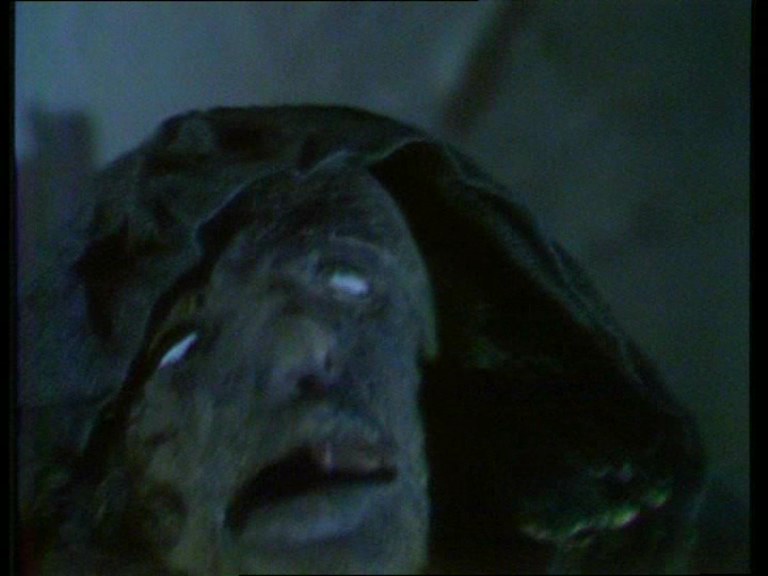
 To celebrate the release of our second Self Made Hero book of M. R. James adaptations – Ghost Stories of an Antiquary Vol 2 – we’re going to be counting down to Christmas in true Jamesian style, with a new haunting image and nugget of info every day.
To celebrate the release of our second Self Made Hero book of M. R. James adaptations – Ghost Stories of an Antiquary Vol 2 – we’re going to be counting down to Christmas in true Jamesian style, with a new haunting image and nugget of info every day.
TONIGHT (8th December) Ghouls’ Night Out Presents: Ghost Stories for Christmas is an M. R. James themed evening taking place in London, and featuring Leah. Do not miss it!
On top of that, we’ll be giving away a copy of the book via Twitter every Sunday in the lead up to Christmas. Check the #MRJ2GIVEAWAY hashtag for details of how to take part.
Kim Newman is a journalist, film critic, and award winning author with a love of classic horror, especially all things Dracula related.

To appreciate how terrifying this image is, you have to understand what watching television was like in 1976 … before streaming, download, Netflix, BluRay, DVD, laserdisc, rental VHS, off-air recording, Betamax or – in the case of the Newman household – even colour.
TV shows were like theatre – happening in real time, unrepeatable (unless repeated, which was seldom) and a signal on its way to Andromeda, leaving behind only memories. What the viewer thought they saw was as potent or even moreso than what was broadcast. This is the monster glimpsed at the climax of ‘Baby’, an episode of Nigel Kneale’s Beasts TV series, one of a number of 1970s television horror stories in which troubled families move into picturesque country homes which harbour supernatural secrets (cf: the American Crowhaven Farm and the British Dead of Night: ‘The Exorcism’ – another of my Most Frightening TV Memories). I was especially susceptible to these stories – I tried my own take on the form in my novel An English Ghost Story – because my family left London when I was six and we moved into an old, near-dilapidated farmhouse in Somerset. Oddly, no one ever said the place was haunted (then) … but so much else that came with the move turns up again and again in these stories, and feels real all these years on.
The story of ‘Baby’ is concise, insistently played, and ruthless. Eager, anxious veterinarian Peter Gilkes (Simon MacCorkindale) is so intent on making a go of a rural practice that he doesn’t notice or care that his pregnant wife Jo (Jane Wymark) hates the farmhouse they have bought.
In a wall knocked down to make room for a freezer, the couple find a wax-sealed jar that has been there since the place was built. The jar contains the mummified remains of an unidentifiable, somehow-disturbing dead animal – and the backstory is teased out in typical Kneale fashion, revealing a horror which will have consequences in the present day. A dark figure passes through – the black points of a cloak or shroud are good for a scare – and the finale brings on this creature (a favourite Kneale world). Looking again at the play –shot-on-tape TV dramas were called plays back then, not shows or episodes or mini-films – I’m struck by the grown-up fears explored as a shaky marriage is laid bare, the mutual resentments of incomers and yokels give rise to social embarrassment and tension, the typically useless husband fails to appreciate the dangers to his family (including his unborn child), and the typically neurotic wife gradually realises how bad her situation is and makes things worse by seeming more and more irrational. But, as a teenager, it was the sense of deep history and the creepy, malign, appalling, unnatural spongy-faced, glowing-eyed potato creature which gave me lasting horrors. Exposed by this frozen frame as something close to Muppetry, this was nevertheless among the most chilling, nightmare-inducing few seconds in 1970s TV.
You know what, it still makes my skin crawl.
